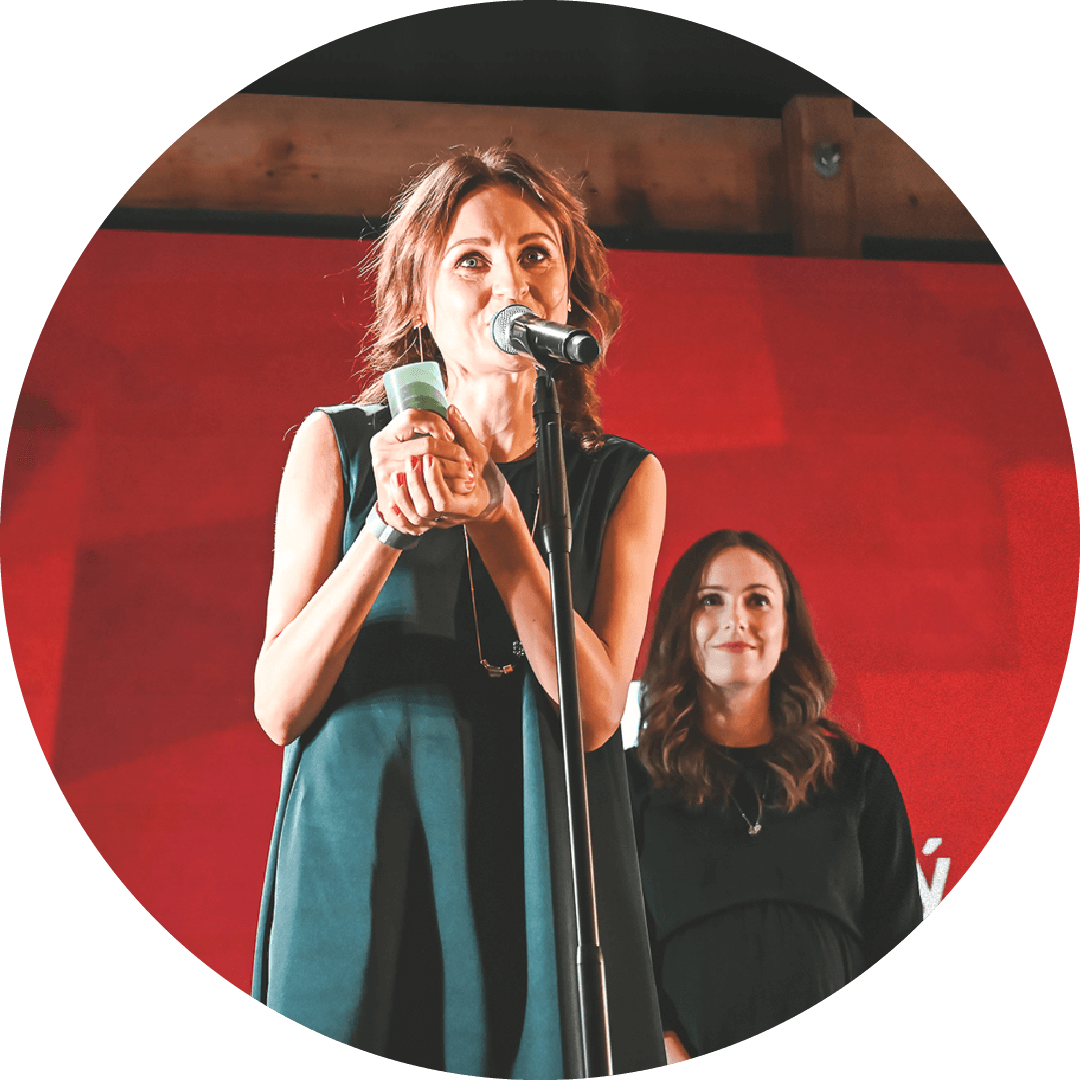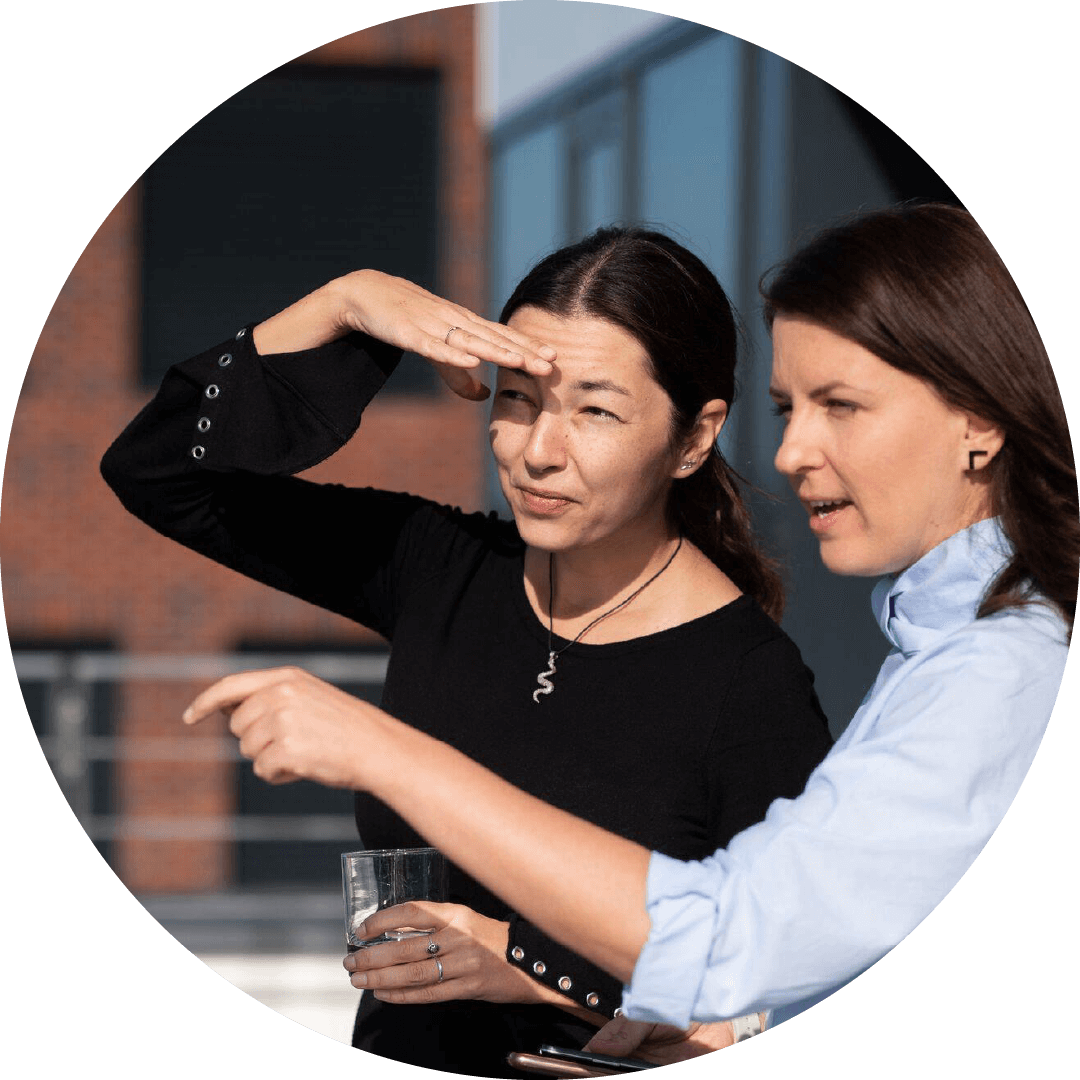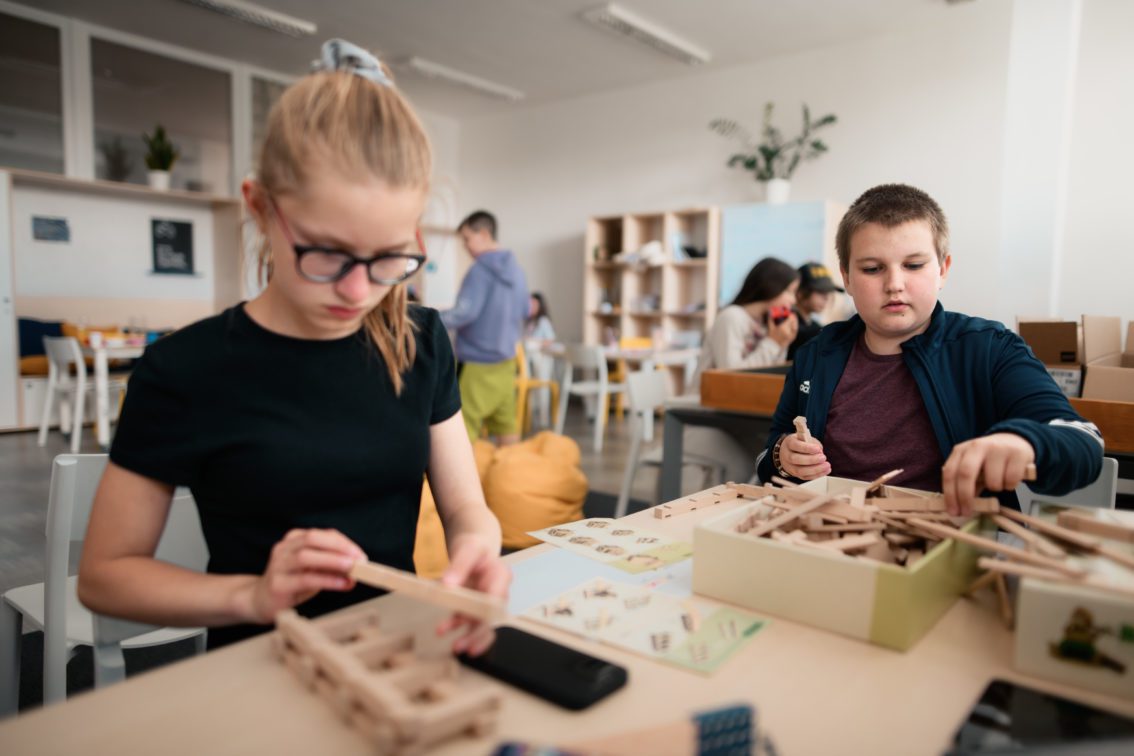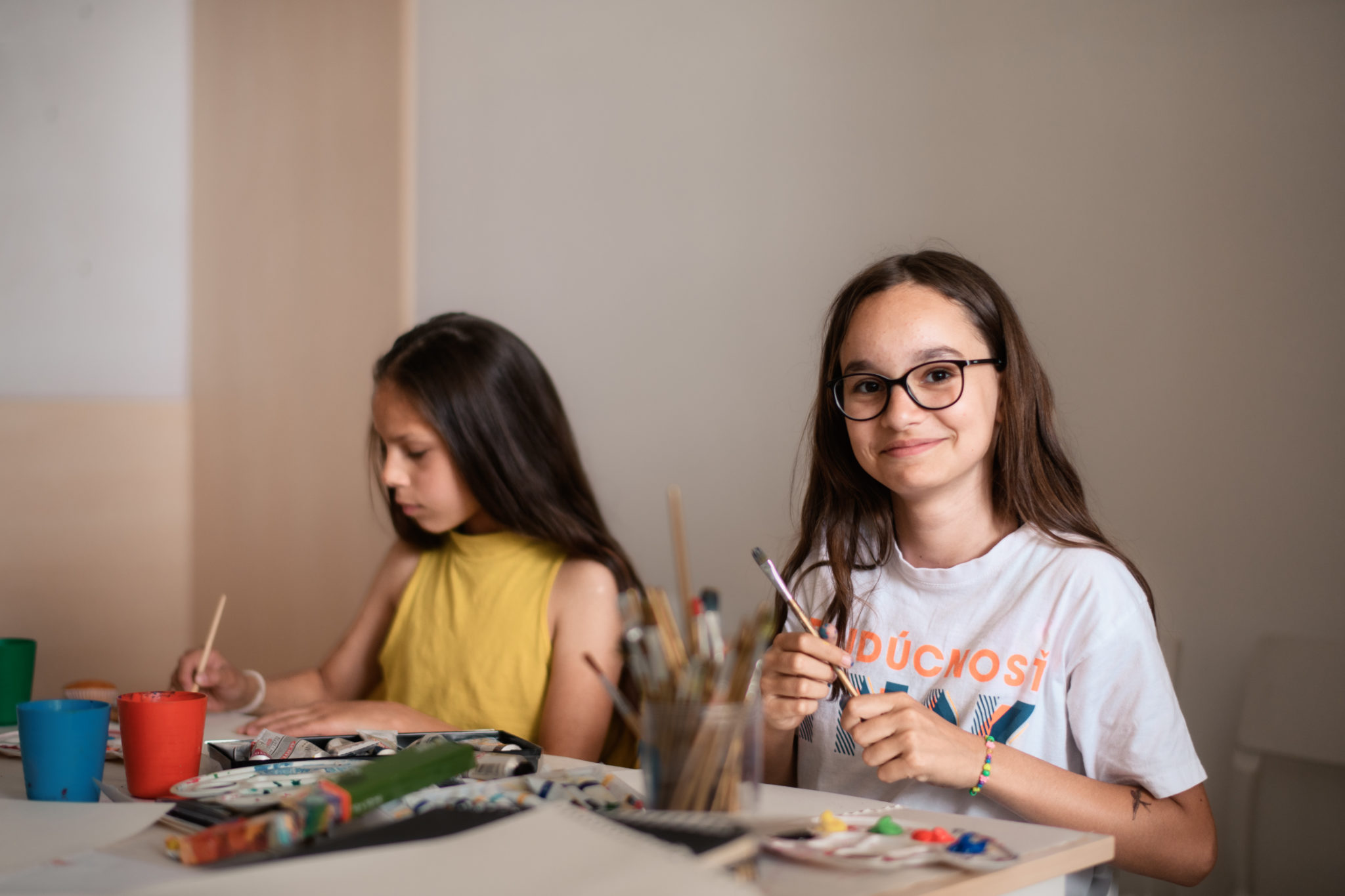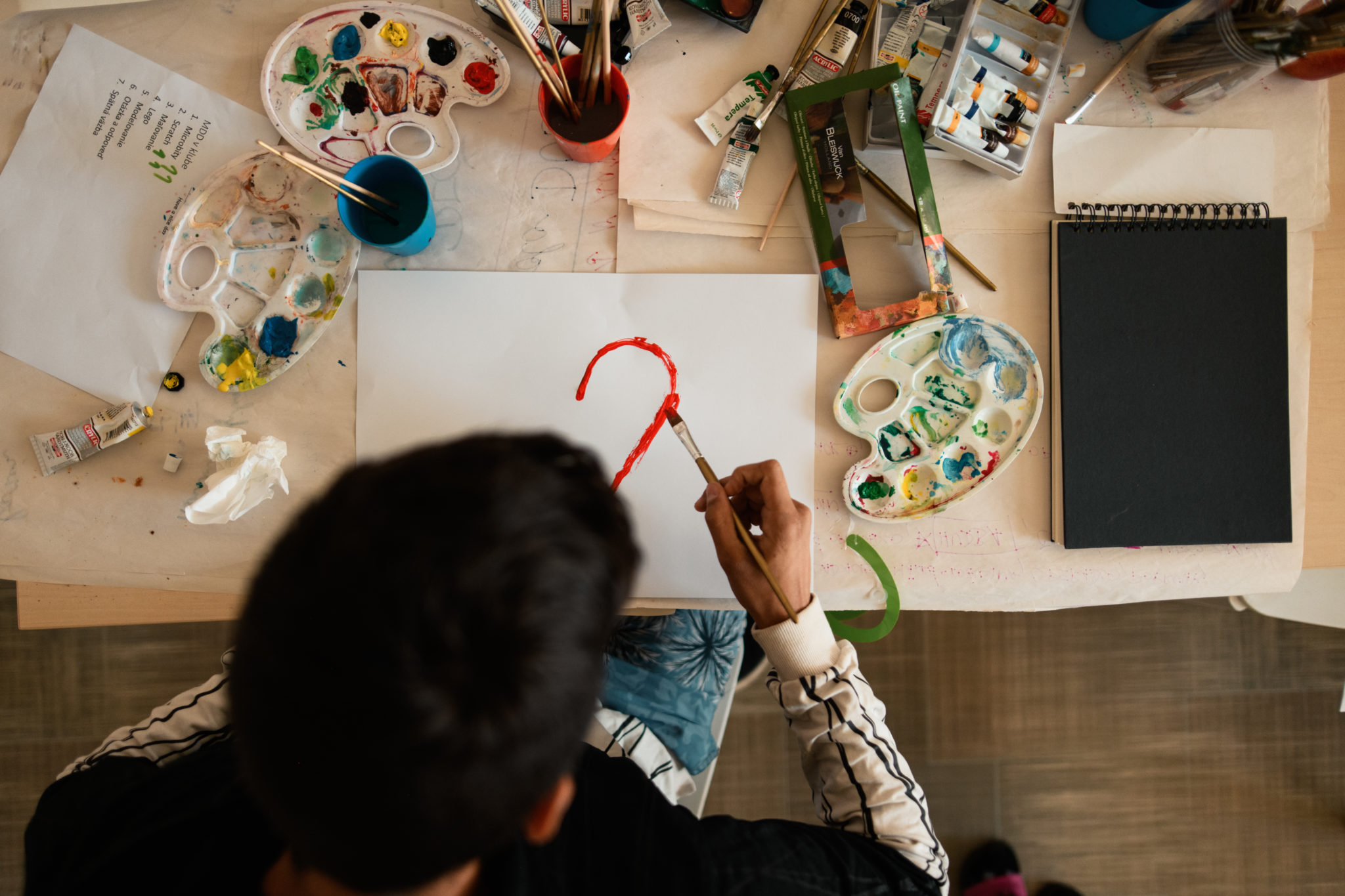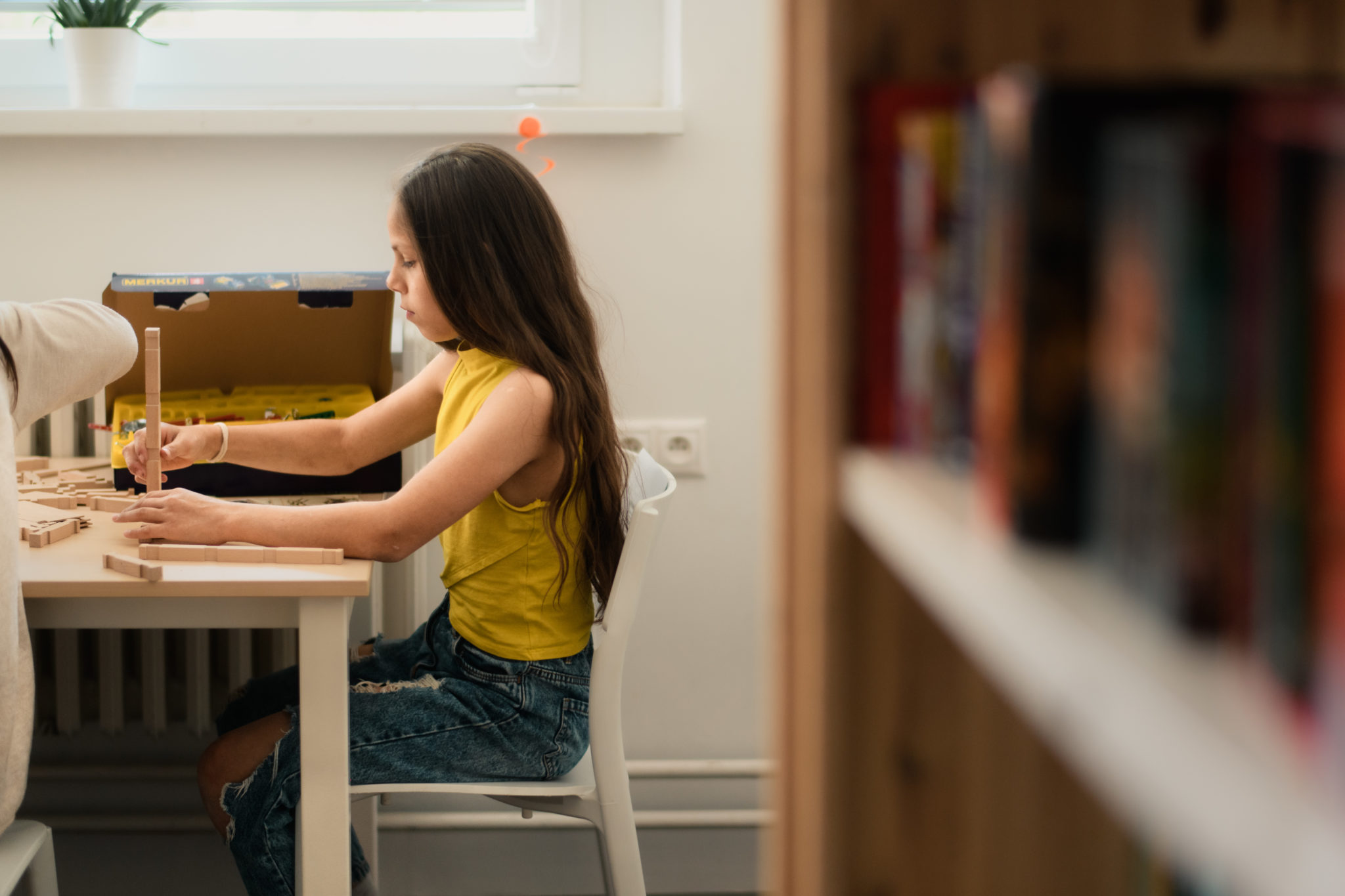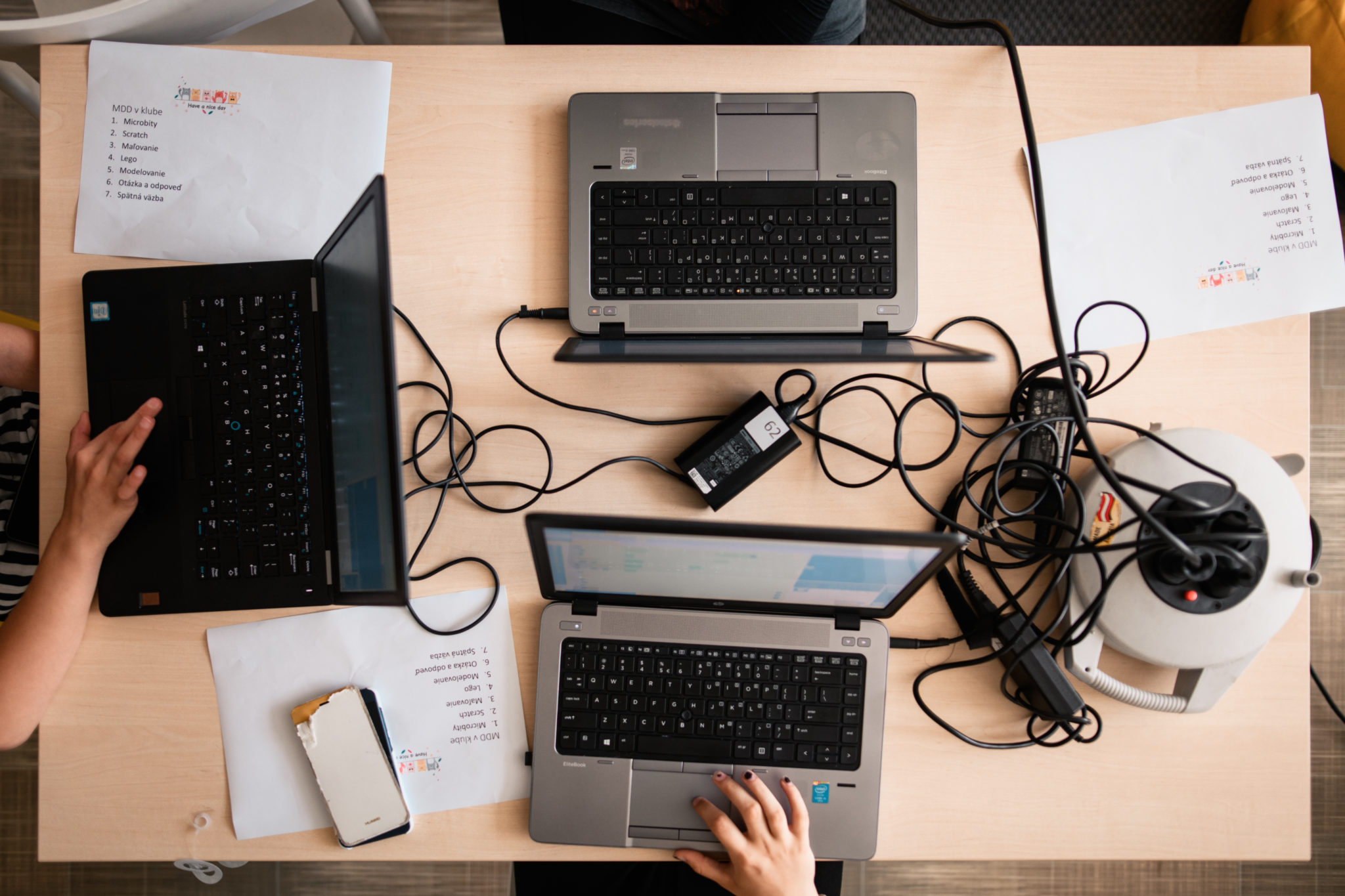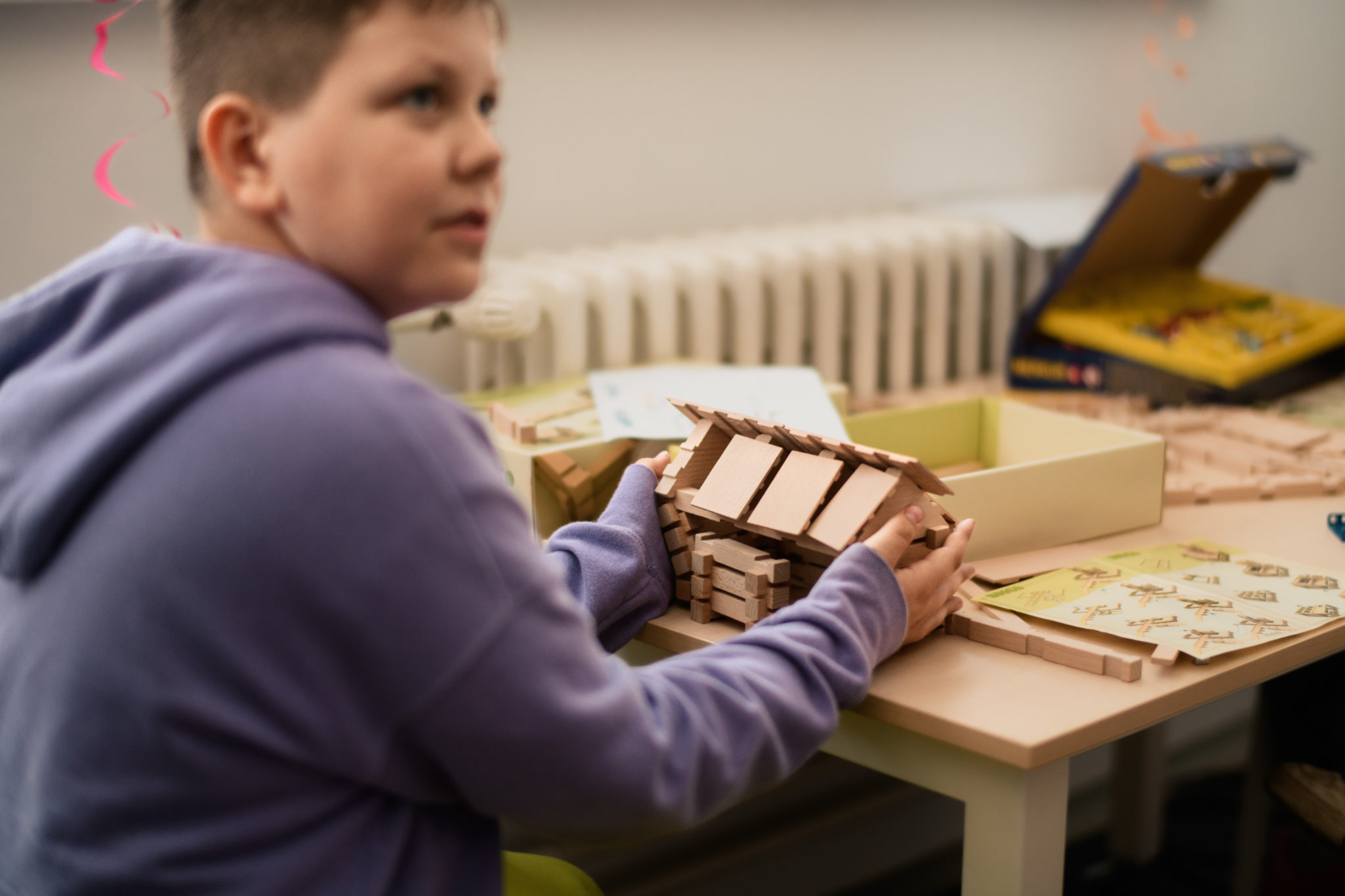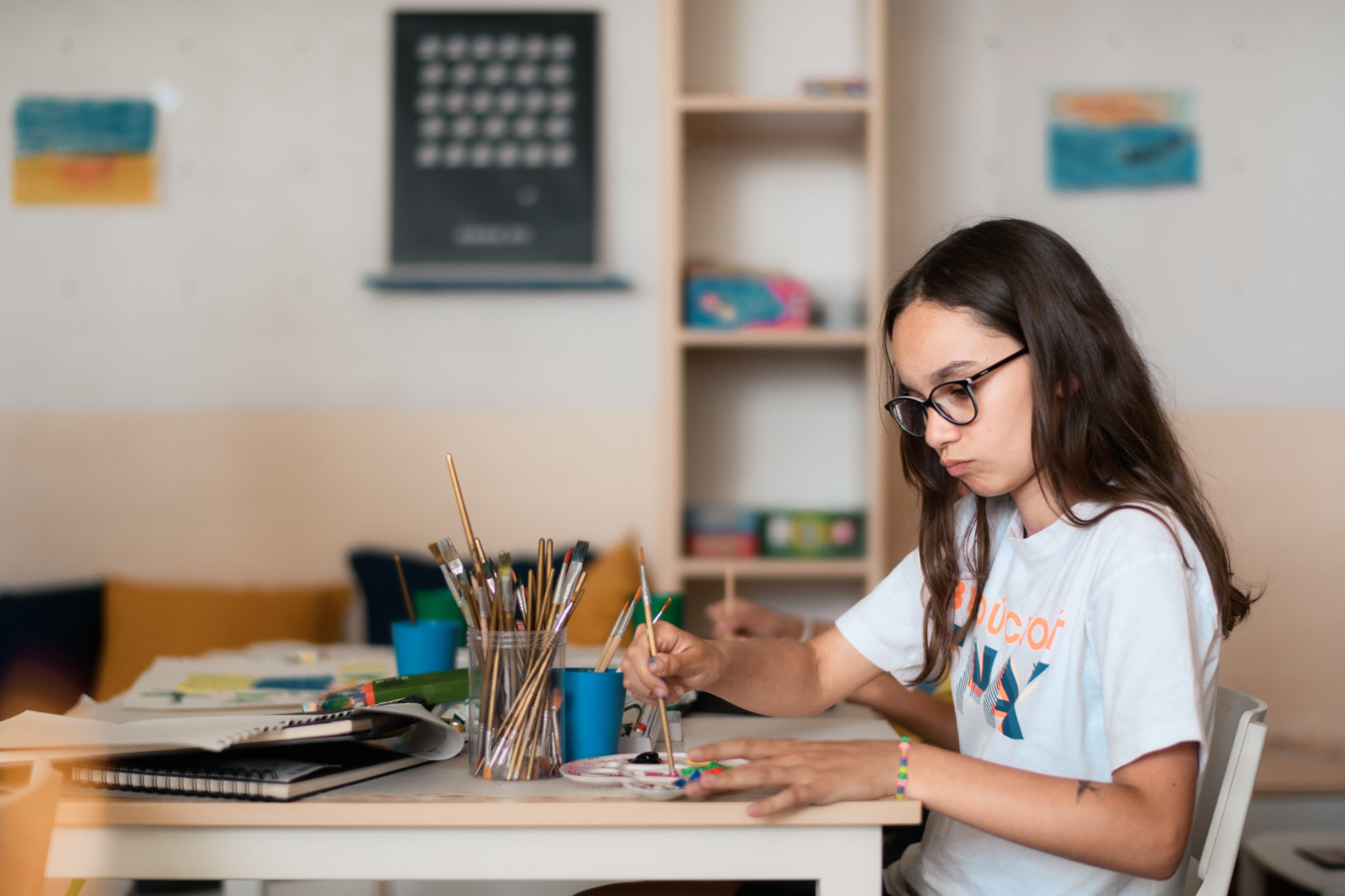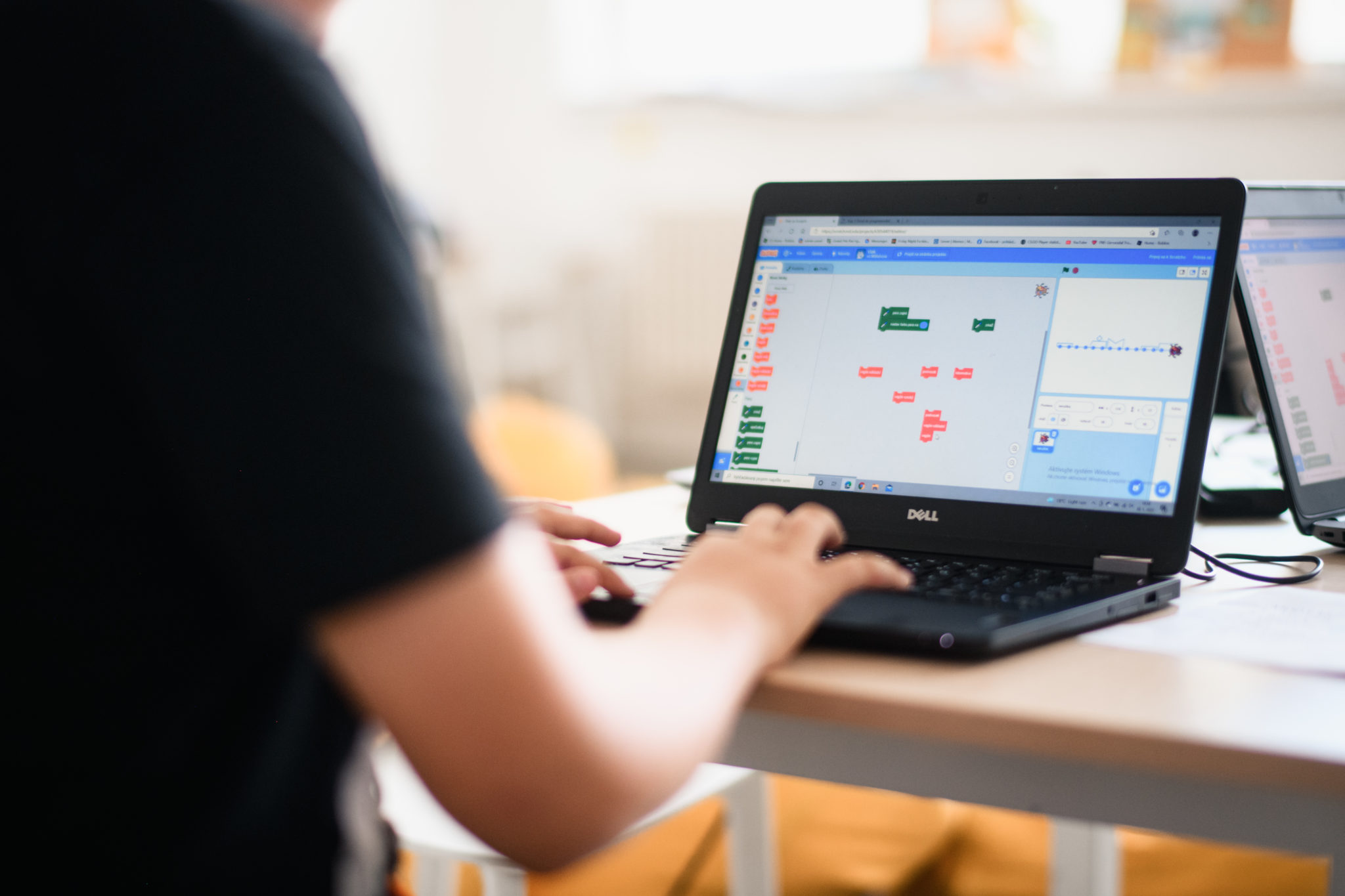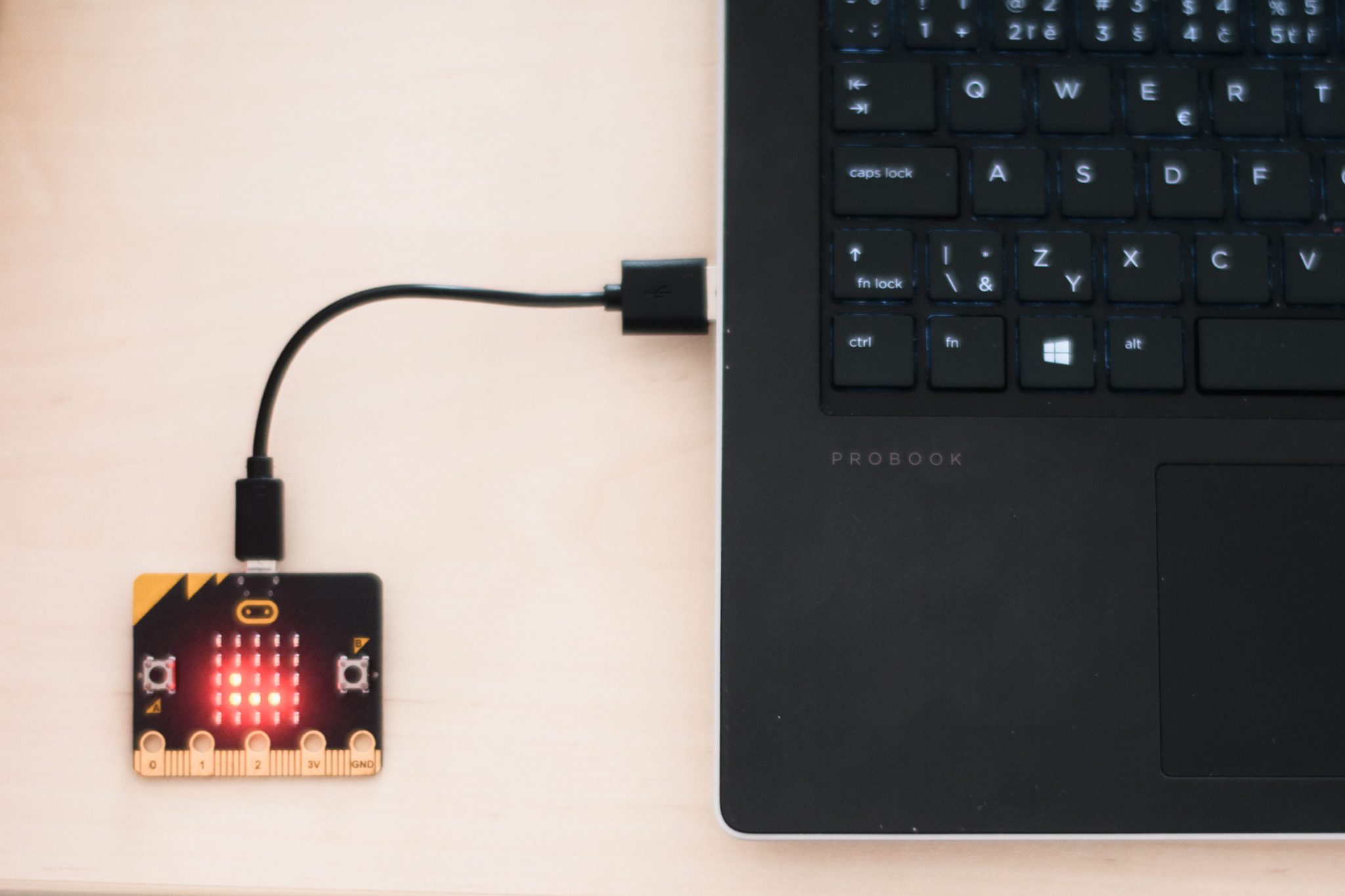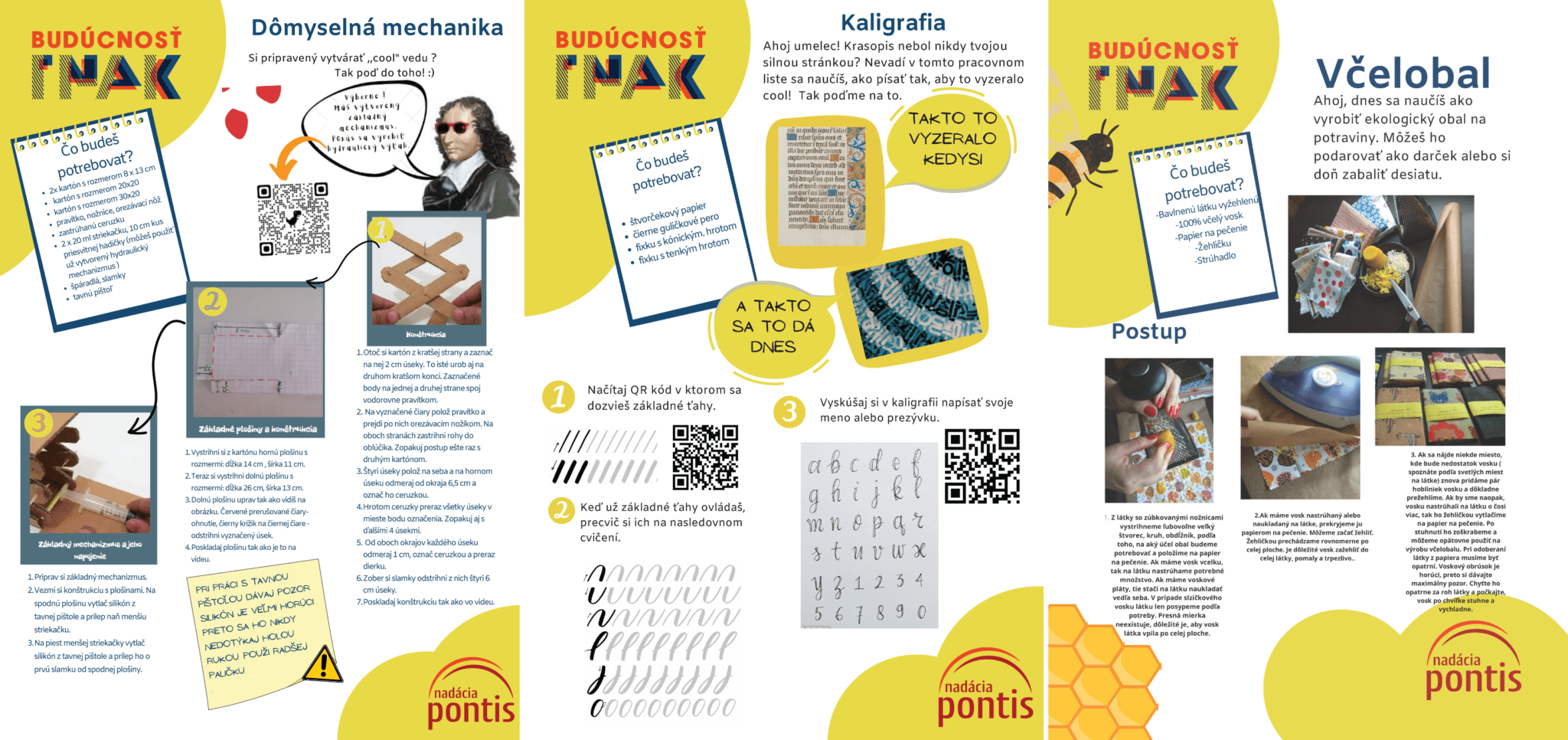Our Open Future programme uses makerspace workshops to help children develop their entrepreneurship skills
One of the essential skills that children can apply in whatever they do in the future is entrepreneurship. It will help them recognise opportunities, create new challenges and bring their projects to life. In the Open Future programme, we develop entrepreneurship in various ways. One of our methods is the use of the so-called makerspace.
What is a makerspace?
Makerspace is a space where children can collaborate, create something, and identify and solve problems. They can choose from countless tools (both technical and creative, from a wood chisel to 3D printing) and materials. They can use anything that helps them find solutions to new challenges. The important thing is that the makerspace allows children to pursue their interests. Children progress at their own pace and go their own way. Moreover, a makerspace is not necessarily just a space but also a mindset.
What will the children learn?
Thanks to the makerspace, children develop both cognitive and socio-emotional skills. They develop their ability to find their own solutions and ways of approaching new challenges.
“When working, children often encounter an error that prevents them from achieving the desired result. Subsequently, they learn to find another way to achieve the goal, improve, and correct their mistake. In this way, they gain perseverance and the ability to learn continuously,” explains Open Future programme manager Alica Vidová.
Freedom of choice builds autonomy and the ability to self-regulate. “They also learn to plan their time for creation, to be responsible when using knives or burners, and at the same time, these experiences with creation lead them to frugality and ecology. They will find that wasting is not an option because there will not be enough material for other products,” says A. Vidová.
Why do we use makerspace in Open Future?
In Open Future, we address the topic of entrepreneurship in depth and breadth. Under the “roof” of entrepreneurship falls a whole constellation of skills, such as creativity, problem-solving, innovativeness and learning from mistakes. “In the future, children will need to demonstrate these skills, and the makerspace gives them the space, time and freedom to acquire as much of it as possible. Therefore, in the program’s first year, children create a lot, and this process, in which they gain experience through trial and error, helps them gain self-confidence. It also helps them find qualities they use in the program’s second year when they already work on their own projects,” summed up senior programme manager Miriam Šelepová. The children become familiar with the business process and receive practical business education thanks to their real-world assignments.
5 rules of makerspace operation
- Makerspace must be sustainable. Therefore, we recommend taking a look at the makerspace ten ecological rules.
- We work independently in the makerspace. The key to success is self-governed learning, which is important for working on one’s own project, one of the children’s outputs in the programme.
- We share experiences. Children share ideas and solutions with each other, as well as experts and programme mentors.
- We adapt the Makerspace to the region. We perceive the need to adjust the makerspace to dominant topics in the given region or, on the contrary, those that are missing but necessary. For example, in Zvolen, the forestry theme will dominate, i.e. work with wood, ecological projects, etc.
- We pay attention to constant challenges. Children should also be invited into topics and fields that may be out of their comfort zone, but they must believe they can do it.
I want a makerspace. What do I need to launch it?
“Our goal is to create a package of materials, forms, recommendations and know-how that would help schools set up and operate their makerspace,” says Eva Klimeková, guarantor for digital skills. The expert is behind the creation of the program’s makerspace concept and the idea of its transferability to other schools. Therefore, let’s look at a few tips on what you need for your own makerspace.
We need: space, materials and technology.
Space: We will use, for example, a classroom, which we will slightly reorganise and divide. The idea is that if we want to create, we can mentally “go” to the part of the class intended for creation. In the creative space, we will then label where everything is, use various transparent boxes, binders or a “file” with headings or a bulletin board.
Material and technical equipment: It is ideal to start with material that is less technically demanding, such as cardboard, legos, folding toys, screws, wires, tissues, twine, paper clips, etc. and also more demanding devices such as laptops, microbits to learn to code, and 3D printers. Children have the opportunity to create soaps, candles, ceramics, code Lego robots, paint and much more. You can find a great step-by-step guide on how to get started and continue here.

